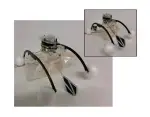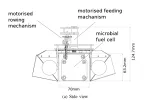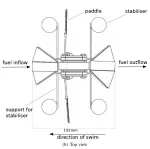This is the Row-Bot, a robot that walks on water, and gets its energy by eating the microbes in dirty ponds and “digesting” them in its artificial stomach. Using this method, it generates more than enough power to propel itself on the hunt for more bacteria to feed its nature-inspired engine.
The bot, inspired by the water boatman bug, comes from a team at Bristol University in the U.K., and it consists of two main parts. One is a propulsion mechanism, which uses a paddle driven by a tiny electric motor. The other is the stomach, which uses a microbial fuel cell (MFC) to power the paddle. The robot gulps in water, turns it into electricity, and uses it to make a few paddle strokes, the movement lets it gulp down another mouthful of dirty water, and the process starts over.
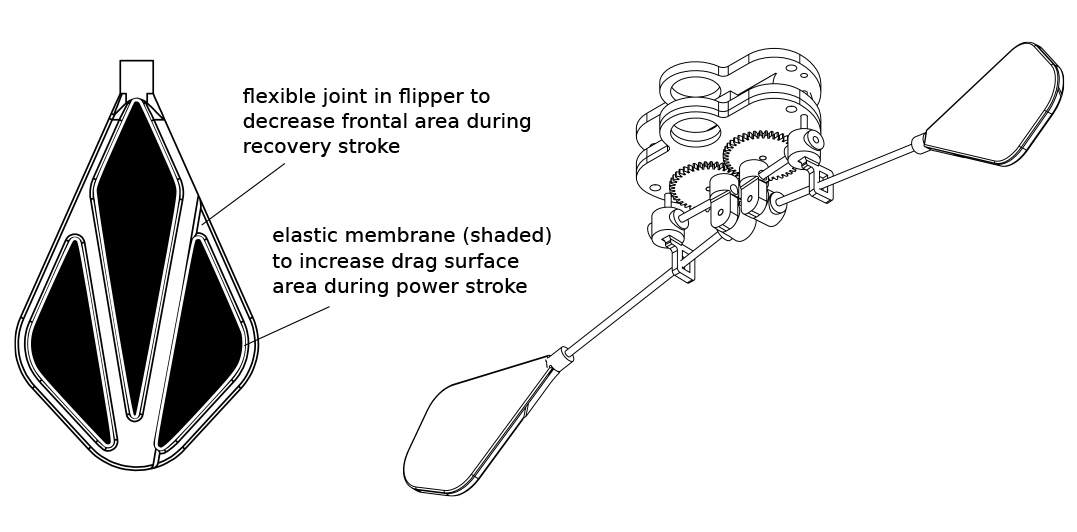
An MFC is like a regular fuel cell, only it uses bacteria. When those bacteria metabolize organic matter, they produce carbon dioxide and water. However, if you keep the bacteria away from oxygen, they produce carbon dioxide, protons, and electrons, and these can be harnessed to flow between an anode and a cathode, just like the electrons flow between terminals in battery acid.
The Row-Bot’s MFC has has a secret weapon. It uses “electrogenic” bacteria. That is, the electrons it produces can run directly to the “battery” terminal, instead of depositing it into oxygen or another substance first. This is more efficient, and allows the Row-Bot to generate enough power from its tiny stomach to both move around, and to open and close its maw.
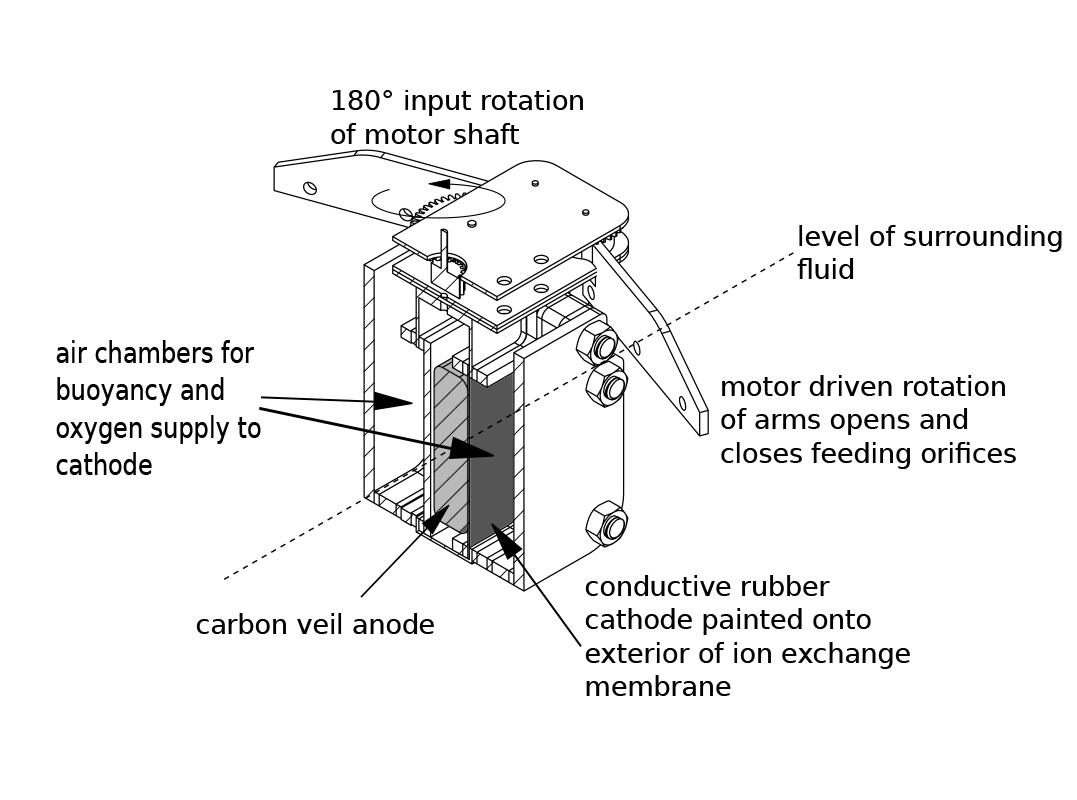
This robot has plenty of practical uses. It works in any kind of water, from fresh to seawater to waste water. Sic a fleet of Row-Bots into a polluted lake, and they could rove for months, feeding on the filth and cleaning as they go. The same principles could also be used for land-based or airborne robots, but water is a lot easier because the bots are swimming in their own food source, and tricky problems like gravity are removed from the equation. Looking at it like this, it’s easy to see why life first sprang into being in the world’s oceans.
Recognize your brand’s excellence by applying to this year’s Brands That Matter Awards before the early-rate deadline, May 3.

